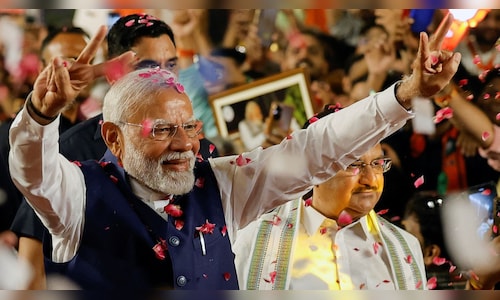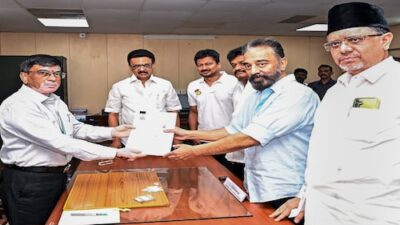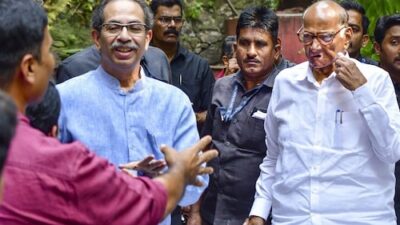From a tax-free threshold for incomes up to ₹12.75 lakh to 11.6 million housing units approved under the Pradhan Mantri Awas Yojana (Urban), the government asserts that its 11-year governance has consistently uplifted the financial status and mobility of India’s middle class.
In a comprehensive document released on Thursday, officials emphasize their commitment to simplifying tax structures, promoting home ownership, enhancing metro connectivity, and increasing access to affordable healthcare and digital services.
Senior officials contend that what began in 2014 as an initiative to minimize bureaucracy and bring governance closer to the populace has evolved into a robust framework supporting the middle-income segment — regarded as the driving force of India’s economic narrative.
Middle-Class Taxpayers Experience Significant Relief
A key highlight of the 2025–26 Union Budget, the elevated tax exemption limit now guarantees that individuals earning up to ₹12.75 lakh annually (including standard deduction) are exempt from income tax. Government representatives assert that this legislation benefits millions of salaried workers and signifies a steadfast commitment to reducing financial pressures.
Income Tax Return submissions have surged — increasing from 39.1 million in FY14 to 91.9 million in FY25 — a shift the government links to streamlined processes, pre-filled forms, and faceless evaluations.
Affordable Housing, Smart Cities, and Metro Expansion
Officials assert that urban development has been another fundamental aspect of empowering the middle class. More than 9.27 lakh homes have been completed or transferred under PMAY-Urban, with ₹1.69 lakh crore in central support already allocated.
At the same time, India’s metro rail system has expanded fourfold — from 248 km in 2014 to 1,013 km in 2025 — with daily ridership surpassing 11.2 million. Projects under the Smart Cities Mission, with 93% reportedly completed, have transformed urban living through enhanced road networks, comprehensive surveillance, digital classrooms, and improved public transit.
Pension Stability and Health Coverage
In a significant development for government employees, the newly introduced Unified Pension Scheme guarantees a pension of 50% of the last drawn salary for those with 25 years or more of service. Officials indicate the scheme, launched in April 2025, will benefit approximately 23 lakh central staff, with several states adopting it.
On the healthcare front, 410 million Ayushman Bharat cards have been issued, providing coverage for over 85 million hospital admissions. The extension of this coverage to all senior citizens aged 70 and above, regardless of income, represents a significant achievement.
Jan Aushadhi and Digital Initiatives Reduce Costs, Save Time
Jan Aushadhi Kendras — offering medicines at discounts of 50–80% — now exceed 16,400 in number, catering to an estimated 10-12 lakh individuals daily. The government estimates cumulative savings at ₹38,000 crore.
Digitally, services linked to Aadhaar, DigiLocker, and the UMANG app have moved over 9 billion government documents online and facilitated more than 5.95 billion transactions, enabling the middle class to save time and minimize paperwork.
Empowering India’s Workforce
The government also claims to have trained over 16.3 million youth with job-ready skills under PMKVY, successfully placing 4 lakh apprentices through industry partnerships.
Additionally, the number of Industrial Training Institutes (ITIs) has risen by almost 5,000, corresponding with a rise in student enrollments.



